Can acupuncture help hemifacial spasms? If you haven’t heard about Hemifacial spasm (HFS), it is a rare neuromuscular disease characterized by sudden twitching, irregular, muscle movements (spasms) on one side of the face. Some of the first signs are twitching in the muscles of the left eyelid. These spasms are sometimes so strong; that they can pull the eye closed and start causing tears. In some cases, the spasms can hinder the functioning due to involuntary eye closing or the impact they have on speaking, let’s find out more about the condition and whether Acupuncture can offer an alternative treatment option.
Acupuncture for Hemifacial Spasm – The key Symptoms
It can cause an injury to the facial nerve, a tumor, or blood vessel that can compress the nerve, or Bell’s palsy. HFS is not painful and may not prove to be a health hazard. However, in some cases, the eyes may involuntarily close for a long time and it may prove to be a hazard while you drive.
Image Credit: lybrate.com
If the HFS symptoms start getting more pronounced, it may start affecting more and more facial muscles. Twitches start affecting the muscles of the mouth and pull it to one side. With time, all the muscles on one side of the face can be made into a permanent frown. Some individuals may start developing spasms on both sides of the face. The condition is sometimes accompanied by symptoms such as ear pain which starts with a ‘clicking’ sound and there may be other symptoms of this condition. In some cases, you may even experience hearing loss. The symptoms of HFS usually start affecting people who are between the age group of 40 and 50.
This disorder is a neuromuscular disorder and what characterizes it are frequent, involuntary contractions of the facial muscles. The condition can affect your face until half of it takes on a drooping look. The Western medical treatments include treatment such as surgery, Botulinum toxin (Botox) injections and medications that helps relax muscles. The prognosis of the disease depends on how one tolerates the treatments; the results of which may show up lasting effects and may impact the life of the individual.
What Causes Hemifacial Spasm? – Spasme Hemifacial Acupuncture
The seventh cranial nerve controls the normal facial movement. There are two facial nerves, one on each side of the face. Hemifacial spasms generally affect one side of the face and are caused by a blood vessel, such as an artery, pressing against the facial nerve near the brainstem. As the blood moves through the vessel, it can put pressure against the nerve and it causes irritation and sporadic movements. There are other rare reasons why hemifacial spasm is caused, such as by benign lesions or a tumor pressing against the nerve, multiple sclerosis, vascular malformation, or some sort of injury or nerve damage. Your neurosurgeon and neurologist will help untangle the cause of your hemifacial spasm and determine the next course of treatment option.
Benefits of Acupuncture on Hemifacial Spasm Treatment
Acupuncture is particularly dependant on nervous system disorders. The points on the body are thought to impact the proper nervous system function. The local points, or those in the affected area, are used as main components as acupuncture manages facial paralysis and twitching. And certain points can be joined together by one needle too.
Best Acupuncture Points for Hemifacial Spasm Treatment
Acupuncture is one of the main components of traditional Chinese medicine. During acupuncture, there are tiny needles inserted into the skin at certain pressure points across the body.
According to Chinese tradition, treatment for hemifacial spasm helps maintain the balance of the flow of energy, or Qi (pronounced as “chee”), all through your body. This new energy balance activates the body’s healing potential.
From the Western medicine point of view, acupuncture can stimulate the nerves and muscles. This helps boost the body’s pain response and blood circulation.
Acupuncture can treat headaches, back pain, and joint pain. It also has benefits for certain neurological disorders such as hemifacial spasm treatment. Find out some of the acupuncture points for hemifacial spasm.
1. LI4 (Hegu):
The He Gu (LI4) Acupuncture point is located on the highest spot of the muscle when the thumb and index fingers come together. It is clinically used for health issues such as facial pain, stress headaches, neck pain, and toothaches.
2. GB20 (Fengchi):
Locate the Feng Chi (GB20) point for the mastoid (ear) bone and following the indentation on the where the neck muscles attach to the skull. The GB20 acupuncture point can also treat migraines and symptoms of dry eyes.
3. DU20 (Baihui):
It is located at the vertex, on the midline, 5 finger-width posterior to the anterior hairline. It can treat a wide number of conditions such as fright palpitations, tinnitus, visual dizziness and so on.
4. UB2 (Zanzhu):
It is located on the medial end of the eyebrow right above the inner canthus of the eye. It can treat a number of issues such as headaches, failing vision, tearing of the eyes and so on.
5. TB23 (Sizhukong):
It is located on the lateral end of the eyebrow, in the bony indentation of the frontozygomatic suture, right between the frontal and zygomatic bones. It treats headaches and disorders of the eyes.
6. Taiyang (Ex-Hn5):
It is located in the region of the temples right in the depression about one finger-breadth behind the midpoint located between the fag end of the eyebrow and the outer canthus. It can treat a number of health issues such as vertigo, headache, itching, insomnia, and pain in the eyes.
Acupuncture is supposed to be beneficial for nervous system disorders. Acupuncture points on the face and body can help stimulate the proper nervous system function. Talk to your doctor about your condition, and discuss with him/her to find out whether acupuncture can be used as an adjunct to your conventional treatment program. This will help improve the prognosis to a great extent.

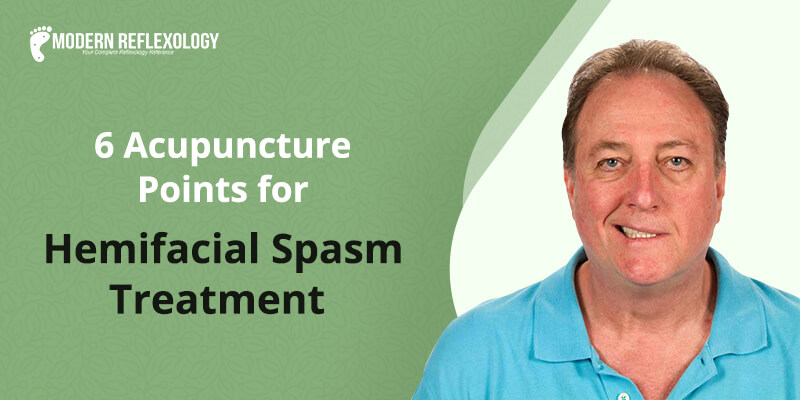
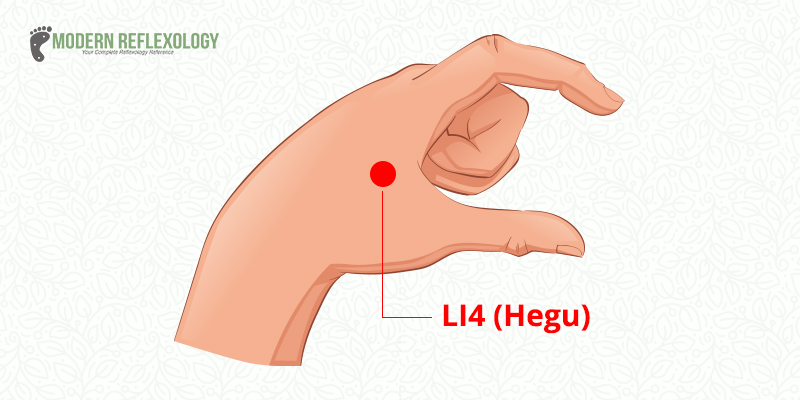
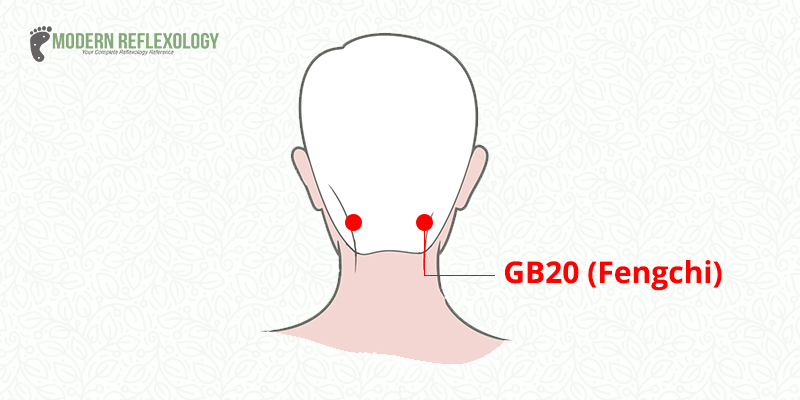
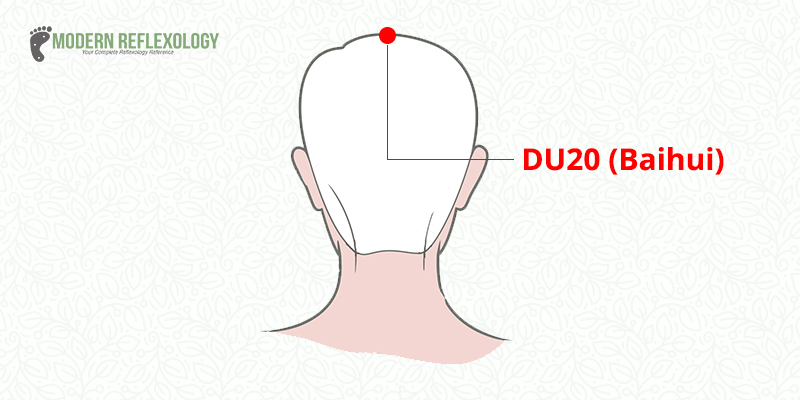
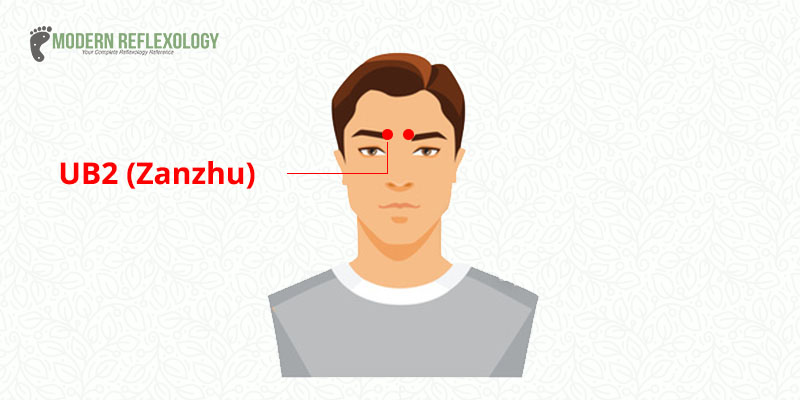
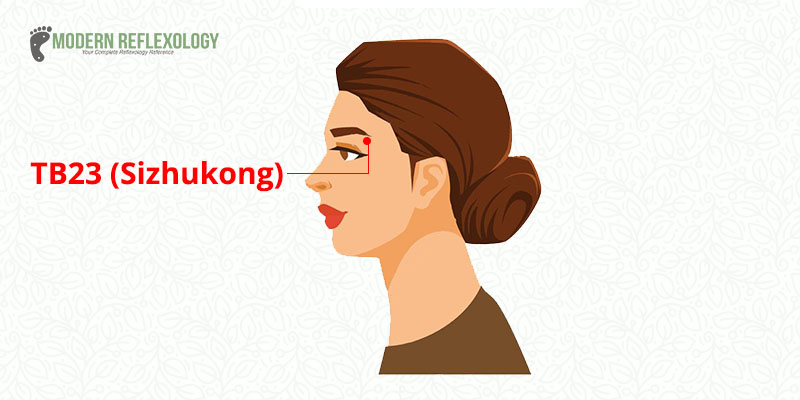
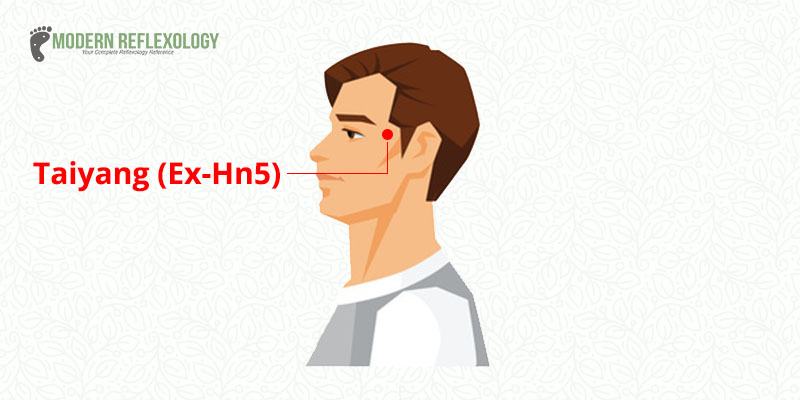
Comments are closed